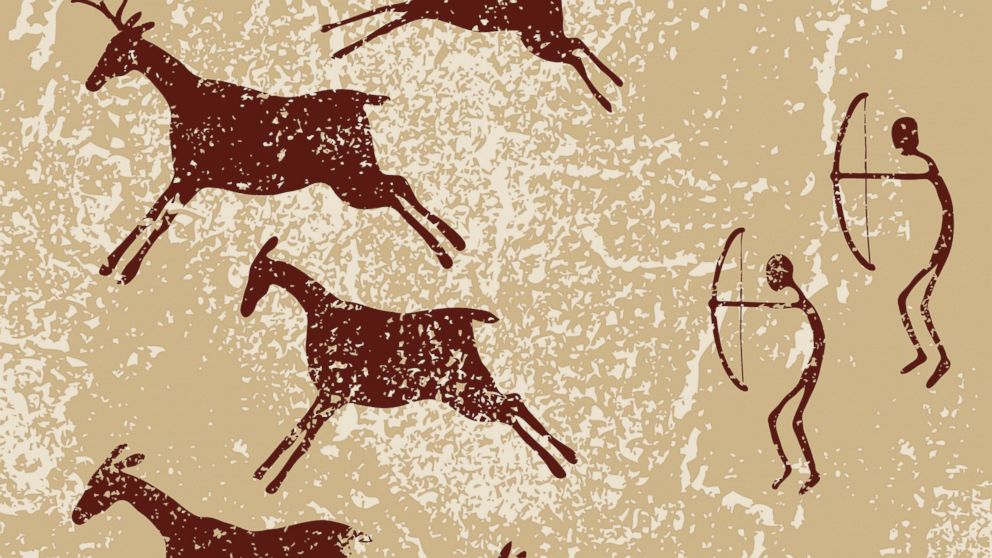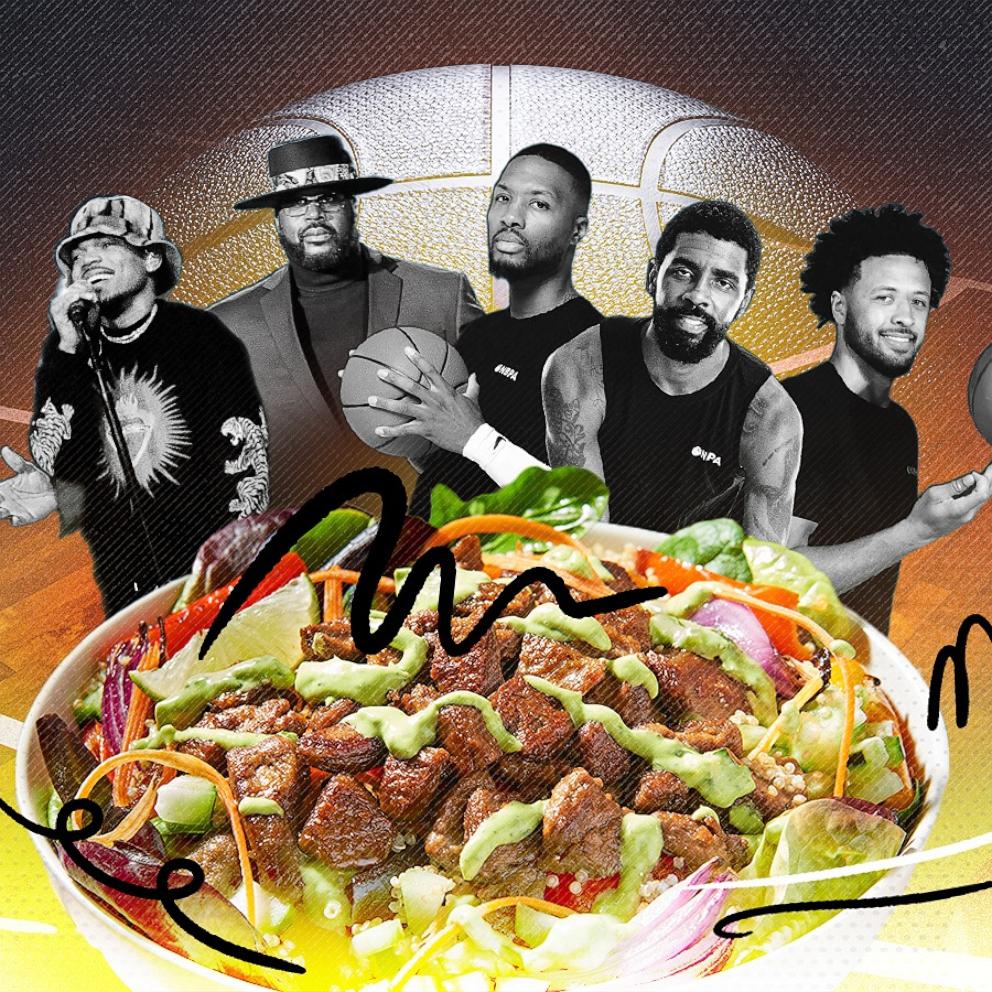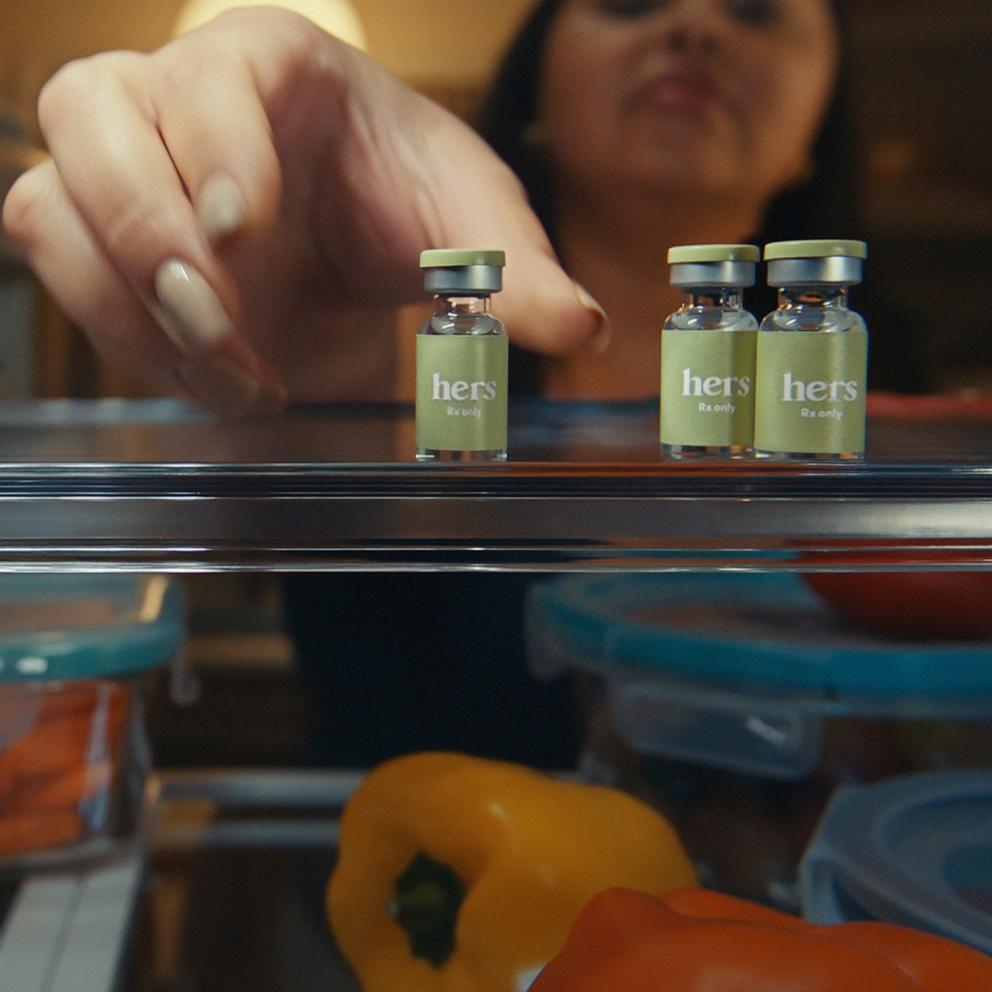Why You're Doing the Paleo Diet All Wrong
— -- Proponents of the so-called paleo diet believe that humans who probably went by names like Grok, Thog and Dorn knew more about nutrition than we do today. But a new analysis by two anthropology professors suggests otherwise.
Short for Paleolithic, the popular paleo diet goes heavy on meat, fish and vegetables while shunning grain products and processed food. It’s supposedly patterned after the way our ancestors dined between 10,000 and 2.5 million years ago before the advent of agriculture, fast-food or Cronuts.
Ken Sayers, an anthropologist at Georgia State University in Atlanta and one of the lead authors of the just-released Quarterly Review of Biology paper, said there is very little evidence to suggest early humans subsisted on a specialized diet or considered any one food group especially important.
“Whatever angle you chose to look at the diets of our early ancestors, it’s hard to pinpoint any one particular feeding strategy,” Sayers said.
The study examined anthological, biological and chemical clues that suggest hominids lived in a wide range of environments. They were probably not the best hunters and their large, flat teeth would have made it difficult to chew many common plants, Sayers explained. Their diet can be more accurately described as an opportunistic buffet than meat-lovers menu, he said.
And even if one assumes early humans had access to some of the foods still around today, they wouldn’t be the same, Sayers pointed out. For example, langur monkeys whose eating habits closely resemble our Paleolithic brethren won’t touch the wild strawberries that grow high in the mountains near Nepal. While attractive, they are very bitter. They taste nothing like the plump, juicy supermarket strawberries that have been selectively bred for sweetness, Sayers said.
Cain Credicott, the founder and editor in chief of Paleo Magazine, said he can’t speak to this latest study but he can say that the paleo lifestyle is “about nourishing our bodies with real food that is grown and raised as nature intended, not manufactured in a sterile facility.”
And, he insisted, it goes beyond what’s on the plate.
“Paleo encourages other aspects such as getting more sleep, reducing time in front of blue screens, consuming locally grown foods, supporting local farmers that follow sustainable farming practices, reducing stress, playing outside, and getting out in the sun,” Credicott said.
Perhaps there’s some truth to that, Georgia State anthropologist Sayers said. There is certainly nothing silly about someone trying to eat a healthier diet, he reasoned. But why bother emulating a civilization where the average lifespan was only about 18 years?
“They lived short, tough lives that were focused on survival and reproduction,” Sayers said. “Most people on diets today are generally affluent and not worried about going hungry.”




